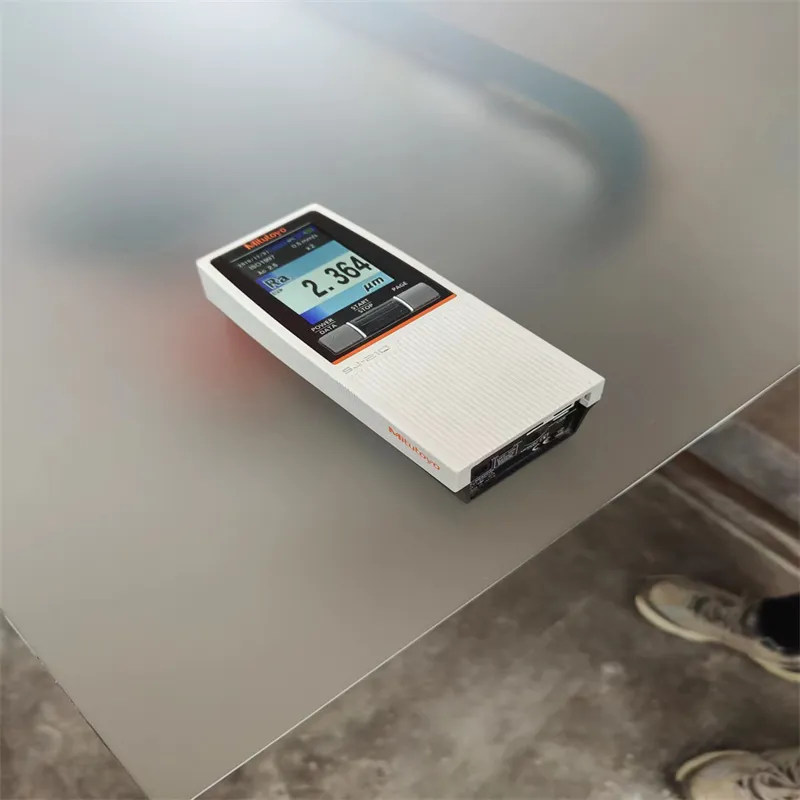Nov . 23, 2024 16:31 Back to list
Exploring the Benefits of 5mm Reflective Glass for Modern Architecture and Design
The Versatility of 5mm Reflective Glass in Modern Architecture
Reflective glass has become a cornerstone in contemporary architecture, particularly the 5mm variety, which boasts a perfect balance of strength, aesthetics, and functionality. This specific thickness not only enhances durability but also provides architects and designers with remarkable flexibility in its applications. As urban environments evolve, the demand for innovative building materials that offer both energy efficiency and visual appeal continues to grow. Among these materials, 5mm reflective glass stands out for its impressive properties and diverse uses.
One of the most compelling features of 5mm reflective glass is its ability to control solar heat gain while maximizing natural light. In a world increasingly focused on sustainability, reflective glass serves as an effective solution to reduce energy costs in buildings. By reflecting a substantial amount of sunlight, it minimizes the need for artificial cooling, thereby lowering energy consumption. This advantage is particularly beneficial in commercial buildings and skyscrapers, where large expanses of glass can trap heat, leading to increased air conditioning costs. By using reflective glass, architects can create brighter interiors without compromising on comfort or budget.
In addition to its energy efficiency, 5mm reflective glass significantly enhances the aesthetic appeal of buildings. Its sleek, shiny surface reflects the surrounding environment, allowing structures to blend harmoniously with their surroundings while adding a touch of modern elegance. The glass variations available—from bronze to blue tones—enable architects to choose the perfect hue that complements their design vision and enhances the overall look of the building. Furthermore, reflective glass can create stunning visual effects, especially in urban settings where it can reflect the cityscape, resulting in dynamic and eye-catching facades.
When it comes to safety and security, 5mm reflective glass does not disappoint. While it is relatively lightweight, it is also resilient, making it suitable for various architectural applications. This thickness provides a robust barrier against external elements, such as wind and weather variations, contributing to the structural integrity of buildings. Moreover, advances in technology have led to the development of tempered and laminated options, further enhancing safety while providing additional benefits like sound insulation and UV protection.
5mm reflective glass

Installation of 5mm reflective glass is another benefit worth mentioning. Its lightweight nature allows for easier transportation and handling, which can be a significant advantage on construction sites. Furthermore, advancements in installation techniques mean that builders can install large sheets with precision and efficiency, reducing labor time and associated costs. This aspect makes it an appealing choice for contractors looking to streamline processes without sacrificing quality.
The versatility of 5mm reflective glass extends beyond commercial and residential buildings. Its properties make it ideal for a variety of applications, including curtain walls, glass doors, skylights, and even decorative features. Retail spaces use it to create inviting environments while controlling lighting and reducing glare. In the automotive industry, reflective glass is gaining traction for its ability to reflect heat and reduce interior temperatures, making cars more comfortable for passengers.
Perhaps one of the most significant trends in recent years is the growing interest in the incorporation of smart technologies with reflective glass. There is an increasing push toward smart buildings equipped with adaptive glass that can automatically adjust transparency based on sunlight levels, enhancing energy efficiency and user comfort. This integration reflects a broader shift towards sustainability and innovative design in architecture.
In conclusion, 5mm reflective glass is not just a utilitarian material; it's a transformative element in modern architecture. Its combination of aesthetic appeal, energy efficiency, safety, and versatility makes it a favorite among architects and builders alike. As the construction industry continues to prioritize sustainability and innovation, reflective glass will undoubtedly play a significant role in shaping the cities of the future, enhancing both functionality and beauty in the built environment.
-
Safety and Style with Premium Laminated Glass Solutions
NewsJun.24,2025
-
Reinvents Security with Premium Wired Glass
NewsJun.24,2025
-
Premium Float Glass Line for Modern Architecture
NewsJun.24,2025
-
Low Emissivity Glass for Energy-Efficient Architecture
NewsJun.24,2025
-
High-Performance Insulated Glass Solutions for Modern Architecture
NewsJun.24,2025
-
Elevates Interior Style with Premium Silver Mirror
NewsJun.24,2025
Related PRODUCTS














